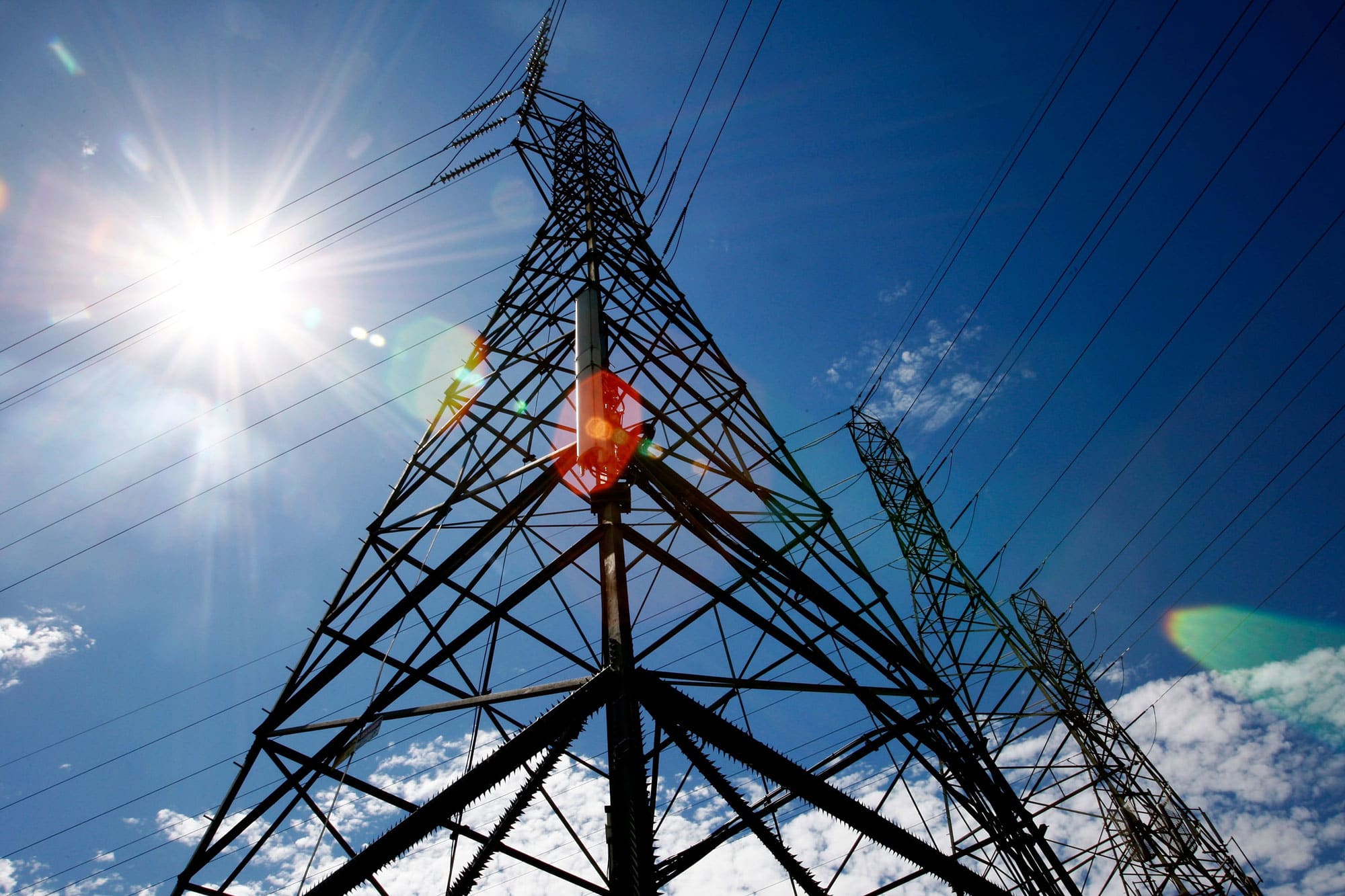How Schools And Universities Can Cut Down On Electricity Bills
When everyone, from schools and universities right down to individuals practice methods to cut down the use of electricity, it not only spreads the message of importance of electricity and the dwindling sources from which it is harvested, but also aids in conserving electricity in large amounts.

Universities these days are not only an educational institute but also a business hub with multiple research facilities. Therefore, these institutes try to maximize their energy sources as expanded school areas and more buildings to house facilities means more electricity used.

The following are a few steps that universities in Singapore can take.
Table of Contents
Utilising LED Lights and Sensors
LED lights use only 25% of energy as compared to incandescent light bulbs while lasting 25 times longer than their traditional counterparts. Out of all the different appliances in a school building, lights probably are one of the most used – from libraries to lecture theatre, they are a common fixture.
The use of sensors have increasingly gained popularity in the recent times. They turn on the lights when you enter the room and switches off when you walk out, therefore it is only use when people actually need it.
Most universities in Singapore are switching to the sensor systems to light up the huge library rooms and auditoriums to save energy. For example, Singapore Management University will have a green building that incorporate LED lightings, which aims – alongside other energy saving methods – save more that 500 megawatt-hours of electricity annually.
Start Using Green Energy
Universities with big campuses and sprawling gardens are probably the best place where the green energy can be brought to use. Installing solar panels at these campuses are feasible and convenient and give the universities an opportunity to contribute to conserving non-renewable sources of energy. Although, it is impossible to shift the mode of electric supply instantly to the solar energy, most of the universities are warming up to the idea of going green.
Mandating conservative energy use
Introducing sustainable and conservative policies at colleges and universities are good ways to make energy saving a priority. For example, making it a rule to turn off the lights and air conditioners when not in use, or dimming the lights during conferences are some of the ways in which the university staff and students can involve in energy conservation policies.
Among the several institutions in Singapore, St. Andrew’s Junior College was awarded the prestigious Energy Efficiency National Partnership award for using a technology that allows the managing officer to switch off the air conditioners without moving a muscle via mobile phones. This technology developed by the junior college helped the campus conserve electricity in huge amounts, thereby, contributing towards a sustainable environment.

Choose an efficient electricity plan
With the advent of Open Electricity Market (OEM) in Singapore, schools can now choose the best suitable electricity plan for their campus. This not only saves money but also contributes in energy conservation because electricity retailers nowadays offer electricity plans beyond just those which utilises natural gases; they leverage on cleaner and greener energy too.
With new plans and pricing options open, click the following to compare different electricity plans in the OEM to know what suits your company best.
